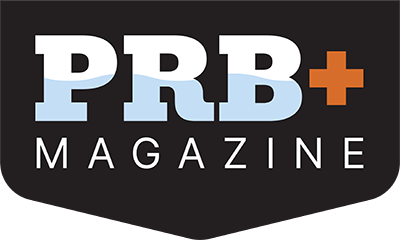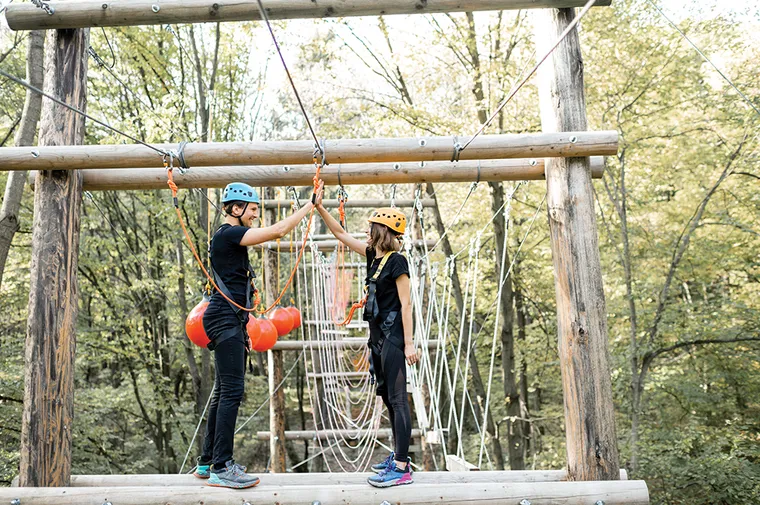How to raise the bar on training before and during camp
The spelling difference between getting through staff training and getting thorough staff training is just a single, lowercase “o.” The real-world difference could be life or death.
No human can ever learn everything they need to know for their job. Any job. And, in some ways, that’s OK because some of the best learning about how to do a job well happens while doing the job. While we are on the job, we learn from our mentors, our mistakes, and the material we are given, such as handbooks, manuals, online training, and in-person workshops. (People in HR call this package “continuous professional development.”)


